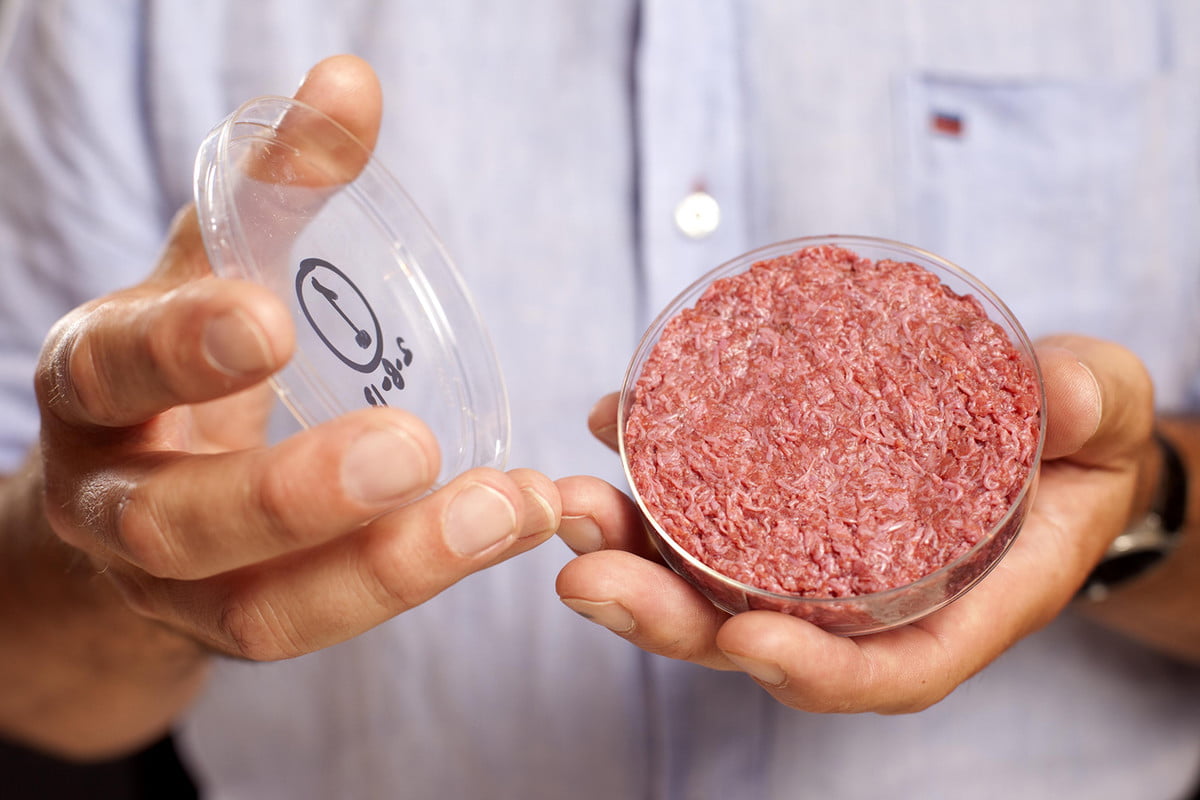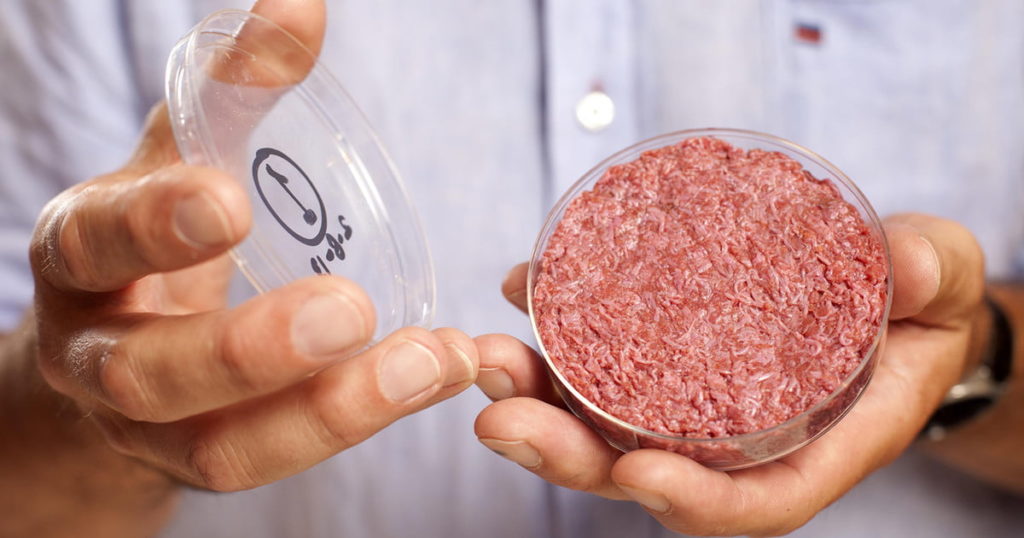A Brief Explainer About Lab-Grown Meat, a New Food Revolution

The word meat has new meaning. Where it once referred exclusively to animal flesh harvested from a carcass, today a lab-grown variety is calling that definition into question. A handful of enterprising startups have raised and invested hundreds of millions of dollars into the concept of lab-grown meats, banking on breakthroughs in biotech to revolutionize the food industry. As a result, the fledgling ‘clean meat” industry has progressed in leaps and bounds over the past few years.
Since 2013, lab-grown meat went from a fringe idea to something far more mainstream. In the next few decades (some think perhaps even within the next few years) lab-grown meat may find its way onto the menu of a progressive restaurants or into your refrigerator at home.
However, these companies have plenty or obstacles to overcome before a commercial product makes it to the market. So, in the meantime, here’s our brief explainer on lab-grown meats.
What is lab-grown meat?
Lab-grown meat is meat that’s synthetically produced using actual animal cells. It goes by many names, including clean, cultured, engineered, in-vitro, and vat-grown meat. Companies that make the meat prefer to call it “clean meat” to emphasize the idea that it may be more environmentally friendly.
Although they’re produced in completely different ways, there’s negligible difference between lab-grown meats and meat raised on a pasture when observed under a microscope. Perhaps most importantly, according to the companies who make these meats, they taste passable as — if not a lot like — the real thing.
Why grow meat?
Lab-grown meat could give omnivores a slaughter-free way to satisfy their taste buds, while potentially being more eco-friendly than animal agriculture, in which meat is grown on pastures and in factories. Growing meat in the lab means less land, water, and energy use, according to the advocates and companies behind this trend. Lab-grown meat seems promising, but science has yet to substantiate claims that it’s more environmentally friendly than current animal agricultural practices.
How is lab-grown meat made?
To make lab-grown meat, scientists first take a tiny bit of tissue from an animal, filter it, isolate the individual cells, and stick them in a bioreactor. There, the cells are incubated with heat and oxygen, then fed sugars, salts, and proteins so they can grow. This process essentially tricks the cells into thinking they’re still inside an animal, enticing them to naturally replicate like they would within the body.

With current culturing techniques, scientists can grow muscle, fat, and connective tissue in a sort of mushy blob that resembles ground meat. One of the biggest challenges, however, is growing these cells in a way that looks like cuts of meat you might buy from a butcher. We’re far from growing a steak or shank in the lab. Scientists don’t yet know how to replicate the composition of these cuts, which are made up of a complex matrix of tissue, sinew, and bone.
Who are the players?
There are a handful of companies heavily invested in what they see as huge potential for lab-grown meat. Here are just a few of the biggest names to watch:
Memphis Meats – After unveiling what it called the “world’s first clean meatball” in 2016, Memphis Meats has gone on to be a strong contender for the first company to bring lab-grown meat to the market. More recently, it announced the creation of lab-grown chicken and duck products, which are hugely popular food sources in both the United States and China.
Finless Foods – Focusing on fish, Finless Foods aims to make healthier seafood (without the risk of mercury and micro-plastics) while cutting back on the environmental impact of harvesting fish from the ocean.
Just – With an assortment of plant-based mayos, dressings, cookies, and other products, Just hopes to challenge the food industry at large. It’s also in the process of developing lab-grown versions of meats like chorizo and foie gras. For now, the company’s goal isn’t to compete with the highest-grade meats on the market, but to provide palatable and slaughter-free substitutes.
What’s holding them back?
These companies still have plenty of hurdles to overcome before they can bring a commercially viable product to market. For one thing, there’s the cost. In 2013, the first lab-grown burger cost a whopping $330,000 to grow. Since then prices have dropped significantly, but lab-grown meat still isn’t cheap. In March 2017, Memphis Meats unveiled its cultured chicken meat at a cost of $9,000 per pound, compared to around $3 on average for a pound of chicken breast. In February, Finless Fish said its product cost about $7,000 per pound.
Naming regulations will be another obstacle for these companies. The meat industry doesn’t like the idea of these companies entering the market with a similar product that may even be better for the environment. In August, Missouri became the first state to rule that lab-grown and plant-based meats could not be sold as “meat.”
And, of course, some people simply don’t like the idea of eating meat created in a lab. That might be the biggest obstacle for lab-grown meat companies to overcome. How do you convince people that cultured meat is not only more sustainable than conventional meat, but it tastes good and is equally as healthy? We’ll have to wait and see.




